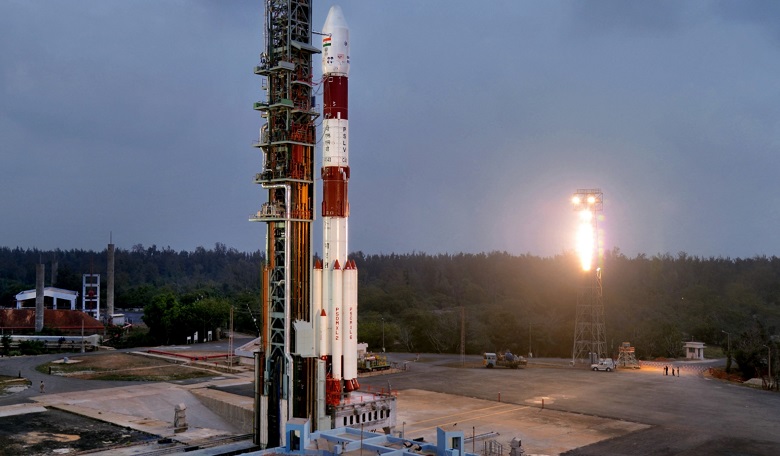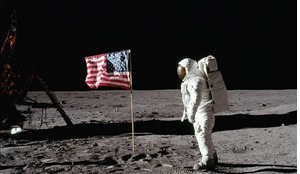Earth observation (EO) is changing rapidly. Not only is the amount of data being produced growing exponentially but the speed of processing, analysing content, creating information and delivering integrated insights is being transformed. Customer expectations are rising and there is a burgeoning market for reliable fast turnaround and frequent revisit imagery. Until now, VHR satellite video imagery has only been available in black and white but at the 34th Space Symposium this April in Colorado Springs, USA, the UK start-up Earth-i unveiled the first commercial colour video captured by its VividX2 prototype satellite. The videos of life on Earth included moving traffic in Buenos Aires, Argentina, aeroplanes on the runway at Dubai airport and a ship leaving port in Trondheim, Norway. The depth and quality of data and imagery that is now possible takes EO-based big data analytics to a new level.
The EO revolution has undoubtedly been driven by technology. Better and cheaper computers, data storage and instrumentation have opened up new opportunities to capture and process information. This, in turn, has created ever-greater demand and – in a fast-paced world – this demand is driving expectations to deliver even more.
Customers increasingly want an operational information service, providing data on a regular and reliable basis. This means delivering consistent EO services and insights weekly, daily or even hourly. The best way to achieve this is by using constellations of identical satellites, operating in different orbital planes.
Planet’s constellation of high resolution satellites, for instance, already provides total global EO coverage on a daily basis. The proposed OneWeb constellation applies similar technology to deliver global internet access.














